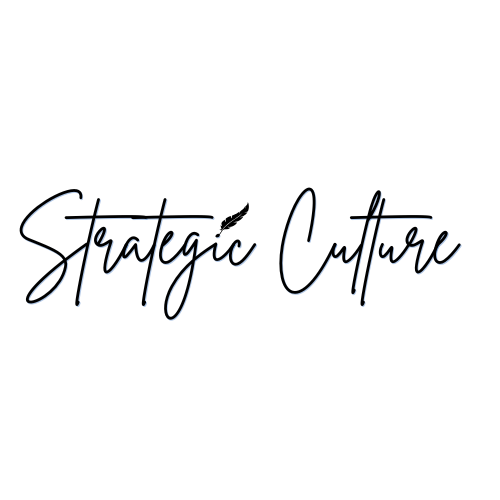📌 “Reputation is not what you say about yourself—it’s what others say about you.”
When I started this course, I set three personal goals:
1. Strengthen my research skills in public relations.
2. Improve my ability to create effective crisis communication plans.
3. Deepen my understanding of digital reputation management.
Looking back, I’m proud to say that each of these goals has been met—and along the way, I discovered new tools and strategies that I will carry into my PR career.
Building Trust as the Foundation of Reputation
One of the biggest lessons I learned is that trust is the currency of reputation. The 2014 Edelman Trust Barometer revealed how trust is the key driver in relationships between organizations and stakeholders (Edelman, 2014). That insight shifted my perspective: reputation is not just an image, but the reflection of how people truly feel about a brand. PR’s role is to build and protect that trust (Public Relations Society of America, 2011).
💡 Visual idea: Add an infographic of the Edelman Trust Barometer results.
Managing Digital Reputation Proactively
In today’s world, Google search results, social media posts, and blogs shape brand perception as much as advertising does. The Google Search Engine Optimization Starter Guide (2008) showed me how important it is to control visibility online, while ORM strategies emphasized the power of blogs, visuals, and video to tell a brand’s story (Recover Reputation, 2013).
Now I understand that reputation management is 24/7, and strong online content helps make a brand more resilient to negative events.
💡 Visual idea: Screenshot of a Google search result page to show how visibility impacts reputation.
Preparing for Crises Before They Happen
Perhaps the most valuable skill I’ve gained is the ability to think proactively about crises. As Coombs (2007) explains, crises are inevitable, but how an organization communicates during them determines the outcome. Doorley and Garcia (2007) reinforced the difference between managing a crisis and communicating through one.
This means pre-drafted holding statements, designated spokespeople, and role clarity aren’t optional—they’re essential. Knowing this gives me confidence that I could help a client face even the toughest challenges with transparency and compassion.
💡 Visual idea: Photo of a press conference or a “crisis response” flowchart.
Moving Forward in My PR Career
This class gave me tools I can immediately use in my career: research skills that strengthen strategy, online reputation tools to manage brand visibility, and crisis communication frameworks that emphasize trust, empathy, and preparation.
I now see reputation management not as a one-time effort but as an ongoing responsibility. That mindset, combined with the lessons from this course, will shape the way I serve clients and build stronger brand reputations in the future.
References
Coombs, W. T. (2007). Ongoing crisis communication: Planning, managing, and responding (2nd ed.). Sage Publications.
Doorley, J., & Garcia, H. F. (2007). Reputation management: The key to successful public relations and corporate communication (2nd ed.). Routledge.
Edelman. (2014). 2014 Edelman trust barometer. Edelman. http://www.edelman.com/insights/intellectual-property/2014-edelman-trust-barometer/
Google. (2008). Search engine optimization starter guide. Google. https://static.googleusercontent.com/external\_content/untrusted\_dlcp/www.google.com/en//webmasters/docs/search-engine-optimization-starter-guide.pdf
Public Relations Society of America. (2011, March 1). The role of PR in reputation management. PRSay. http://prsay.prsa.org/index.php/2011/03/01/pr-role-in-reputation-management/


Leave a Reply